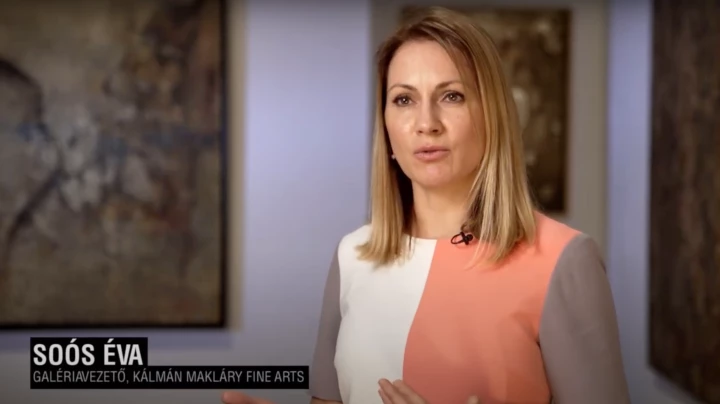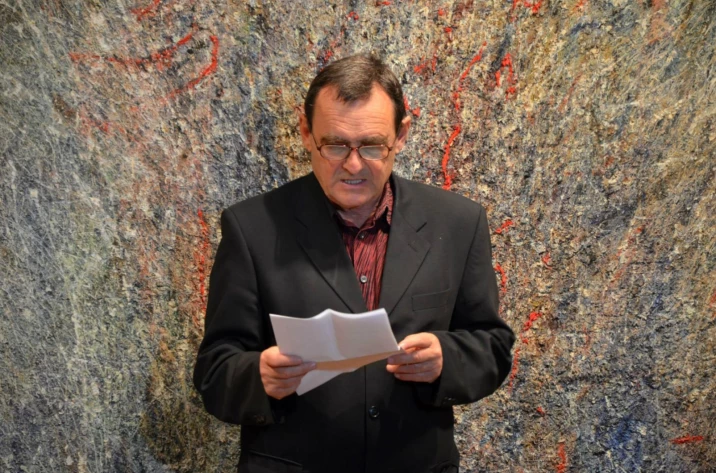Early Years
Francois Fiedler is a French/Hungarian post-war abstract painter closely related to the New York School. Since he was a child, he was fascinated with painting and studied the techniques of old masters from a very young age. After studying at the University, he enrolled in the Académie des Beaux-Arts of Budapest. He was 25 years old when he settled in Paris (1946). After moving to the French capital his work started to evolve towards abstract art. He painted in a gestural manner and in “coulages.” Almost immediately, the personal expositions of his works were organized. His action painting was highly influenced by Jackson Pollock. He also participated in collective expositions such as the Salon des Réalités Nouvelles and the Salon de Mai.
Joan Miró discovered one of his works in a gallery, and introduced Fiedler to Aimé Maeght. Close to Braque and Calder, he became, following the example of Tapies, Ubac and Tal-Coat, part of the circle of artists around this famous gallery director. Since then, Aimé Maeght assured him a large number of exhibitions.
About his Art
Between 1959 and 1974, four editions of the review “Derrière le Miroir” were devoted to him. Besides painting, which remained his principal means of expression, Fiedler would experiment over the course of many years with engraving resources, putting new techniques into work that gave the engraving density, a relief that provided a certain "dramatic" intensity. The magic created by this engraving alchemy combined with an extremely rigorous aesthetic approach encouraged in Fiedler a questioning of the test, the jumping point for a reflection on the unique and the multiple, on the notion of identity, fundamental in his work.
Throughout his diverse periods, Fiedler has always played the rarefaction of the sign. The artist has illustrated many pieces (Saint Jean de la Croix, Héraclite, Claude Ollier). Fiedler worked for more than two years on the creation of 35 engravings for the illustration of l'Evangile of Saint Matthieu, but the publication of this piece was compromised by the death of Aimé Maeght (1981).
Fiedlers most known periods are: the Á trois termes, Overlapped, the colorist period, the works under the influence of Classical music, the Memory of the Future, the Three Terms I, II, III, the Lantern of the Night, the Voice in the Night, the Light of the Future, and the L’Évangile selon Matthieu.
François Fiedler remains a well-recognized artist in the art world, but less recognized by the general public, despite of the importance of his work.
His expressionist works were exhibited alongside with: Picasso, Braque, Chagall, Dali, Degas, Dubuffet, Ernst, Giacometti, Duchamp, Kandinsky, Manet, Leger, Matisse, and Miró.
Fiedler works are available at the Kalman Maklary Fine Arts gallery.




















